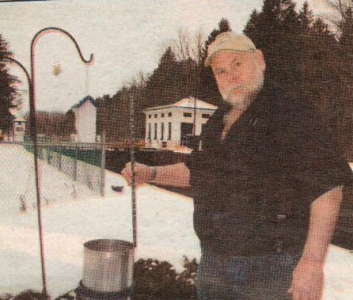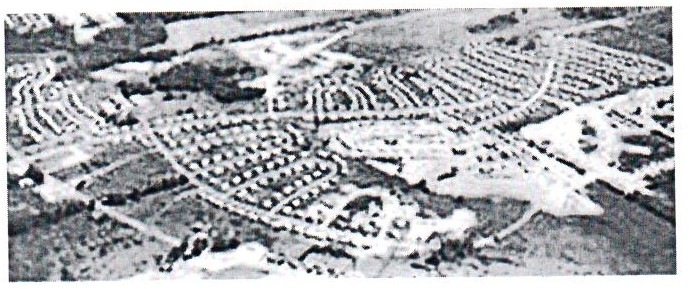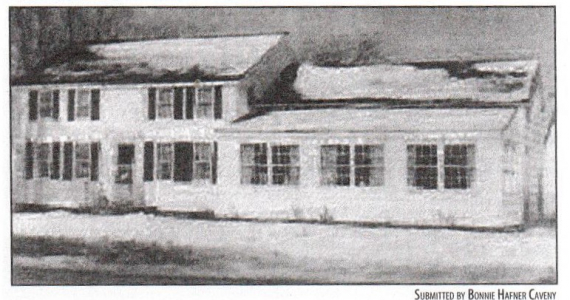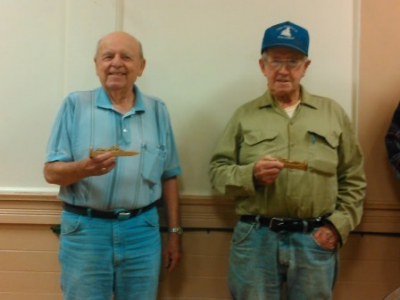Trains in ClayPosted on September 4, 2020 |
Image
|
HISTORY MYSTERY: Trains in Clay
Train service first came to Clay in November of 1871 when the Syracuse Northern Railroad opened from Syracuse to Sandy Creek. There were three stations in Clay. They were Woodard, just off Buckley Road; Cigarville on Route 31 east of the Historic Park; and Dutch Settlement near Caughdenoy Road and no longer in use after 1098. In 1871, plans to build the Syracuse, Phoenix and Oswego (SP&O) were promoted, stressing it could be accomplished by laying only 17 miles of new track from Woodard to Fulton.
The photo shows the old railroad bridge at Three Rivers with the Engine pointing south. Left to right standing are: Mike Tarley, Daniel Ryan and Judson Ames. Seated are: J. R. Marsh and Eddie Boyle.
On July 29 1873, ground was broken on the Peter Quackenbush farm located between Euclid and Belgium, east of Moyers Corners. Grading was completed in 1874 and a two-span structure was built at Three Rivers. In the meantime trackage rights over the Syracuse Northern to Woodard were being worked out. But in 1875, the Syracuse Northern fell into the hands of the Rome, Watertown and Ogdensburg Railroad (RW&O). Agreement on trackage rights could not be made, the country went into a financial depression and the project went dormant.
When George Potts purchased the railroad in 1885, talk began on reviving the railroad. The Syracuse Standard reported on June 7, 1885 that “Work had begun at Woodard’s Station and would be continued to Three River’s Point.” A new bridge had to be built. It would be of the best Michigan pine and oak and be ready by the end of June. On July 8, 1885, the railroad was officially opened as far as Phoenix and was operated by the RW&O. The Syracuse Northern Branch was known as the Hojack and became part of the St. Lawrence division. The New York Central leased the RW&O in March of 1891’
The trackage of both these branches is now owned by Conrail. On occasion, a train will stop at Clay to drop off a boxcar, and there is the scene of much activity as a switcher delivers freight cars to nearby industries. Also, on many a Sunday morning just as the pastor begins his sermon at Immanuel Lutheran
Church, the engineer blows the whistle in greeting as he passes.
Edwin H. Young in his memoirs tells of growing up living near the Cigarville Station, named after the Post Office housed there. “The farm where we lived was a mile or more from the station by way by road but less than half that distance across the fields and we could see the trains as they rumbled pass. Just when the railroading microbe began to gnaw me would be hard to say. The general atmosphere as related to the trains, their crews and the goings-on around the old RW&O depot at Cigarville, was evidently intriguing to me at a very early age; and the recollection of getting a “tanning” for tagging down to the depot and staying late one night, seems now to mark the beginning of it.
“I must have been pretty young, 6 or 7, for what I saw and heard there was something apart from the general hum-drumness of farm life, and in spite of parental worries, its interest grew apace as the days went by. My mind’s eye readily followed the iron horse with its trailing coaches into the north country, and, with greater interest, into “the city” on the south. But to see it passing in the distance was never enough. I must have a closer view. Consequently, with popeyed wonder, I was frequently on hand to watch those fuming monstrosities roll grandly up to a hissing, grinding stop at the station.
“When the passengers were finally safely on and off, and the baggage and express all cared for, the conductor would –then as now-look gravely at his watch, call “All aboa’d” and wave his hand to the engineer, who in turn, pulled open “the throttle thing,” and the preposterous iron contrivance of heat and smells and smoke and steam, struggling and protesting, nevertheless got down to business again, and resumed its rushing, roaring, clattering journey – with a small boy running it – in spirit! Aw, anybody could do that!
“But, I was not to do that. Maybe I came to realize that being an engineer was quite as inseperable from grease and dirt and danger as the idea was, in other ways, alluring. Maybe Ma didn’t want me to.”
Dorothy Heller, Historian
Zachary Peelman, Researcher
(September 4th, 2020)
Other
History Mysteries

Clay’s Best Kept Secret
History Mystery | Sep 23, 2020
HISTORY MYSTERY: Clay’s Best Kept Secret



